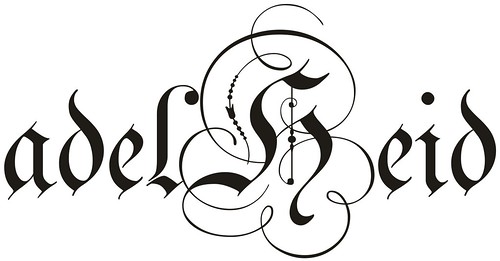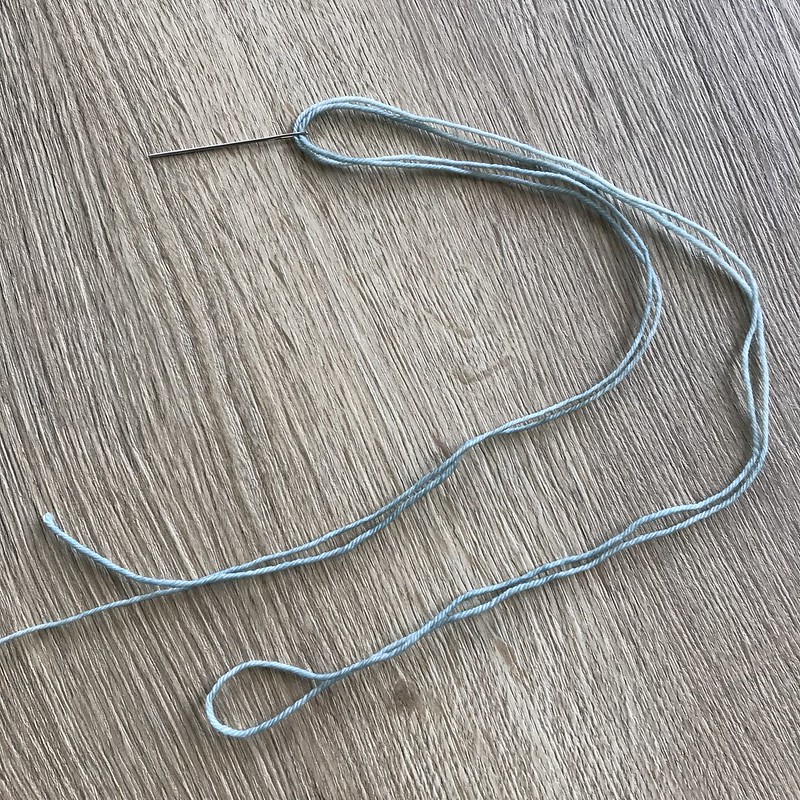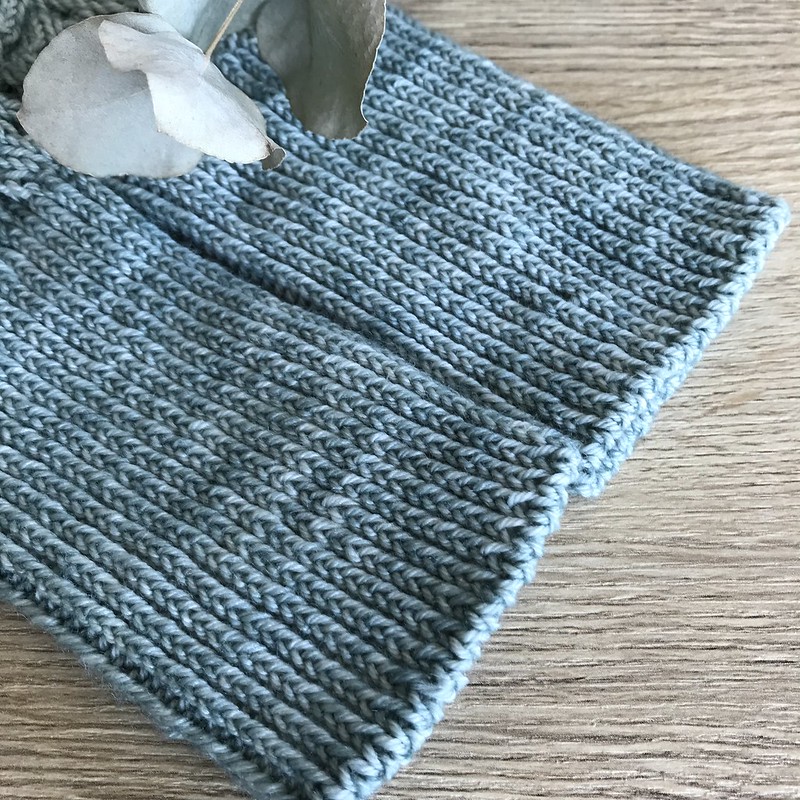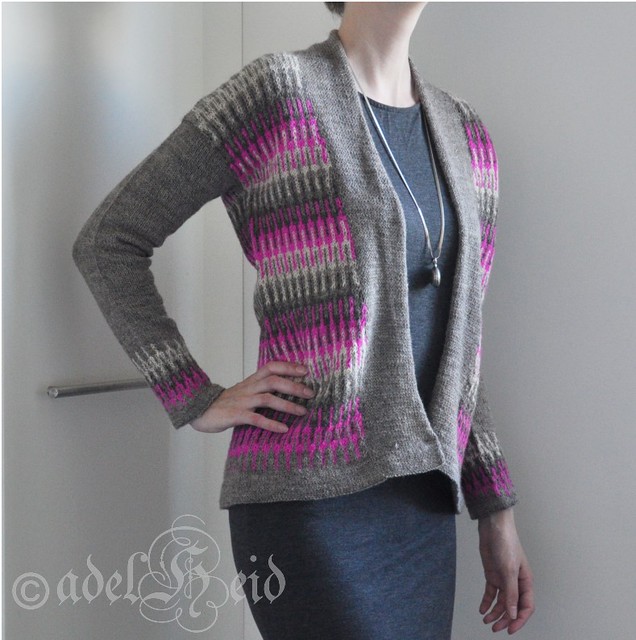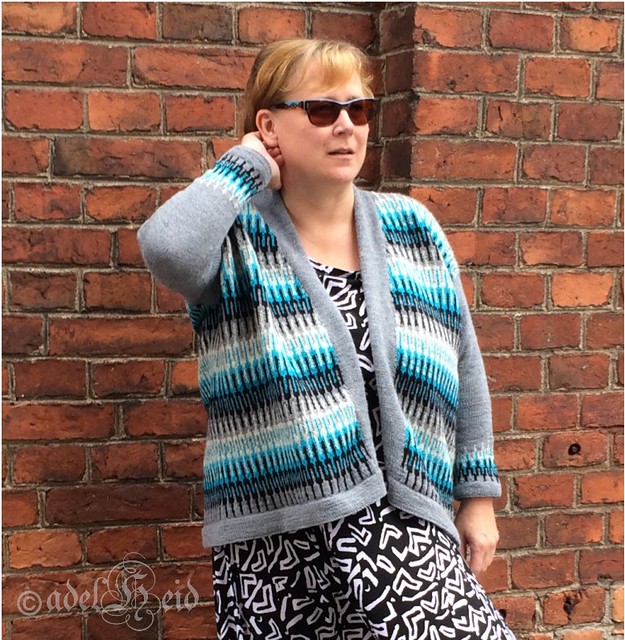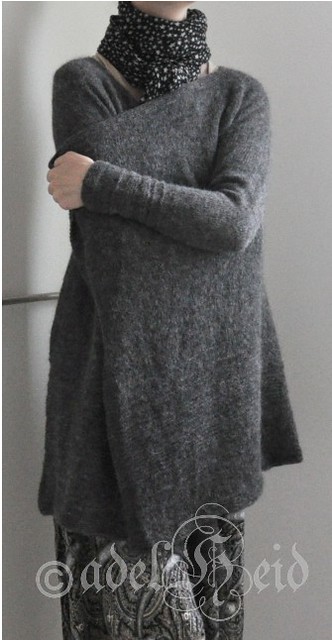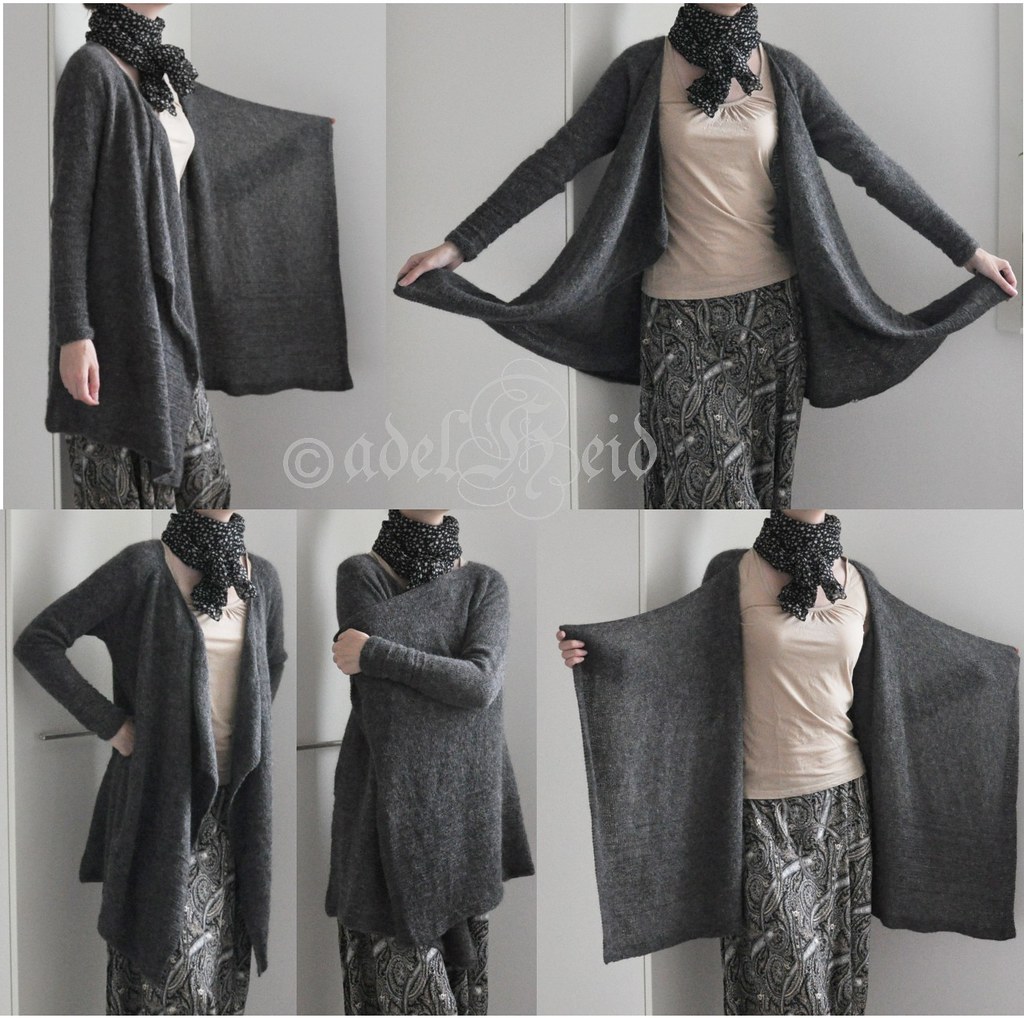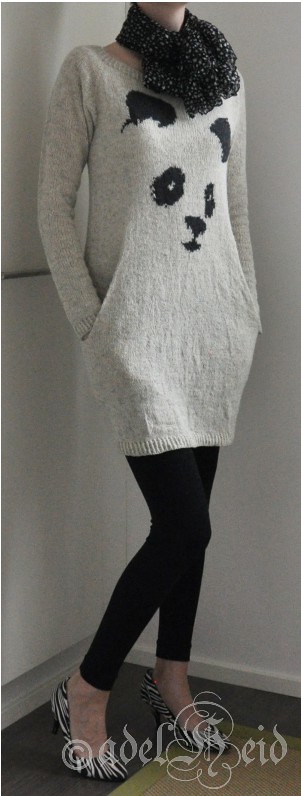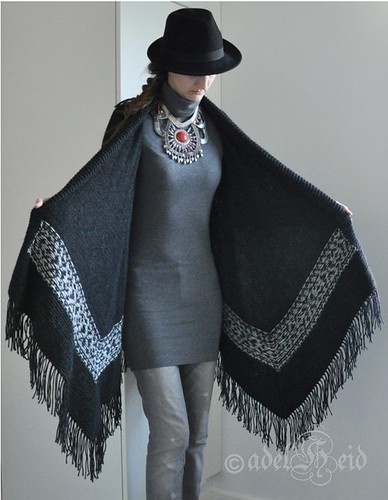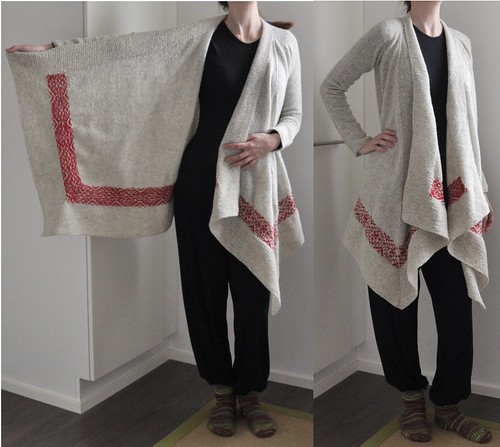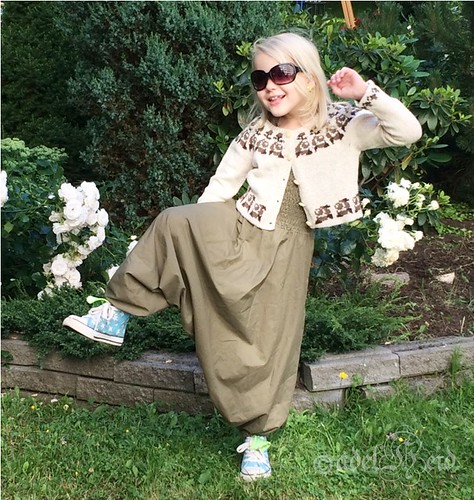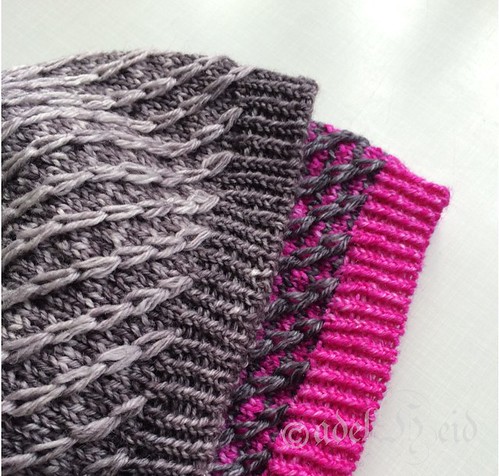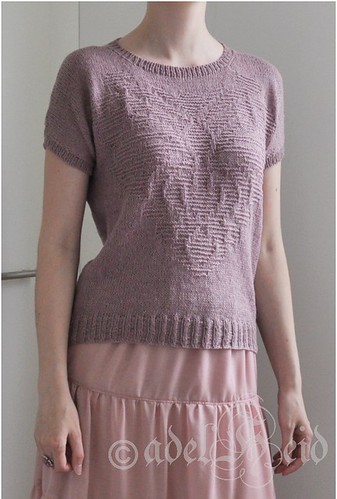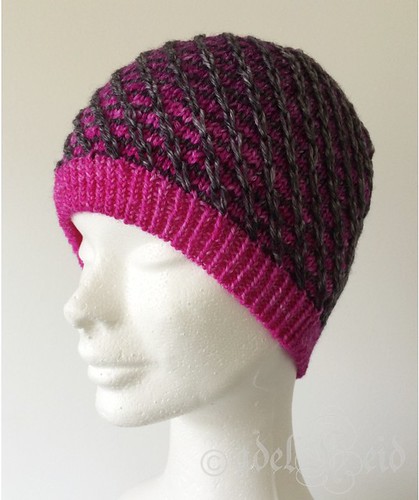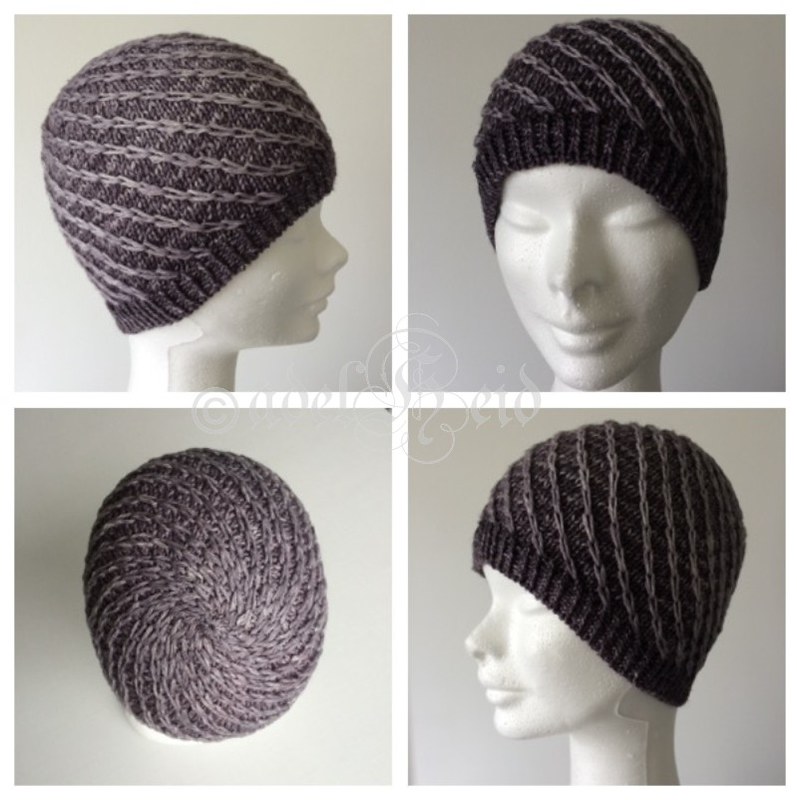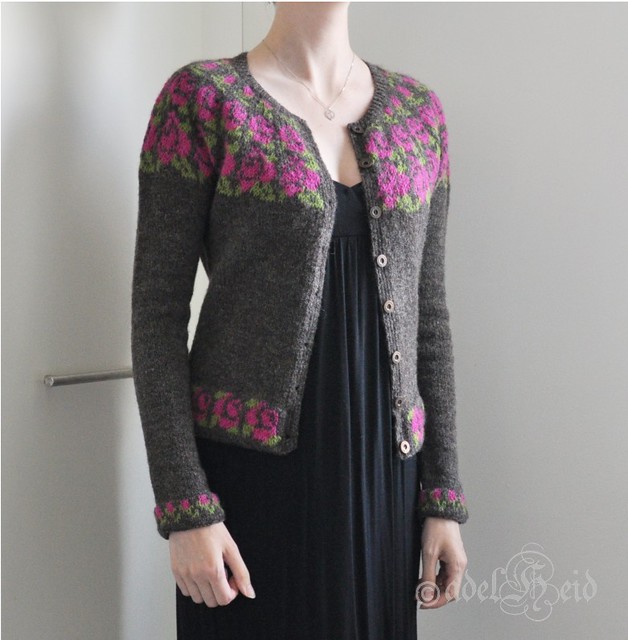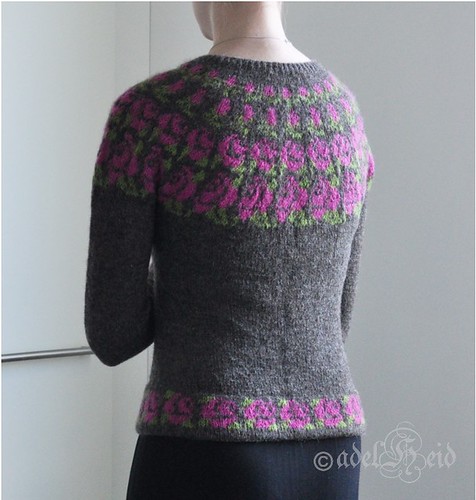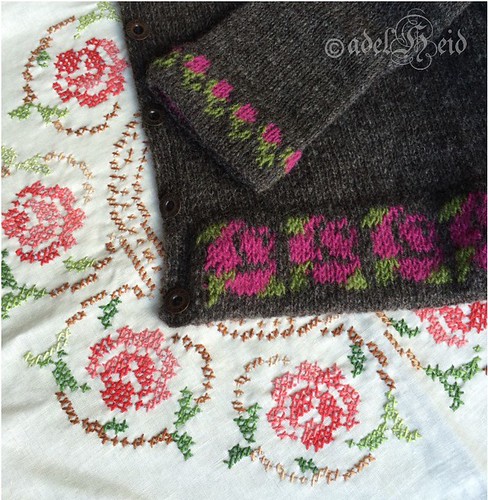I’ve never considered myself as a sock knitter… but lately my collaborations have been all about socks. How did this happen?
Well my resent collaboration started actually quite some time ago; in
the spring of 2019. (Right after the release of my Viisukat pattern.) My
colleague was getting married and I got the honor of designing socks for her
Maids of Honor.
I made some mood boards from where she picked the one that was most to
her liking. And it was the one that I had imagined in my head to be some lace
socks. (I can’t find the mood boards anywhere, so they might be somewhere in my
previous lap top that gave up just after releasing Viisukat.)
Our next stop was a yarn shop: Ilo Finlad. There my colleague picked up the
colours I would be using: soft pink, soft gray and white. Not the colours I
would have choose… so it was a challenge for me to get in a romantic designing
mood and come up with a pattern for soft pastel colours that would also include
some lace.
The first pair got the name Kaaso nro 1 – Maid of Honor No 1:
That meant I had to finally write up the pattern! This time I also
navigated to Ilo Finland and got the most lovely Aara Yarn Mieli for my socks.
Since the design was originally something romantic, I wanted to use coulours as
close as possible to the original pair. So the colours that I chose were
Kriikuna as main colour, Helmi as contrasting coulour no 1 and Luja as
contrasting colour no 2. – It should be noted that for the contrasting colours
the smaller mini skeins are enough.
The socks are knitted toe up using Magic loop and the pattern includes these special techniques: figure 8 CO, intarsia, intarsia in the round, Tubular BO as well as some embroidery. So this is definitely an advanced pattern.
This new pair of Kaaso nro 1 sock in the luxurious hand dyed Aara Yarn Mieli is my favorite so far:
But you have to check out all the different and interesting colour combinations that the contestants of Sukka-Finlandia 2021 have come up with! They can be found here on Ravelry and on Instagram with #KaasoNro1 – I’ve also collected a gallery of the contestants socks to my Instagram account and it can be found right under my bio.
Sukka-Finlandia has so far exclusive right for the pattern, but I’m planning to release it later also in English.
